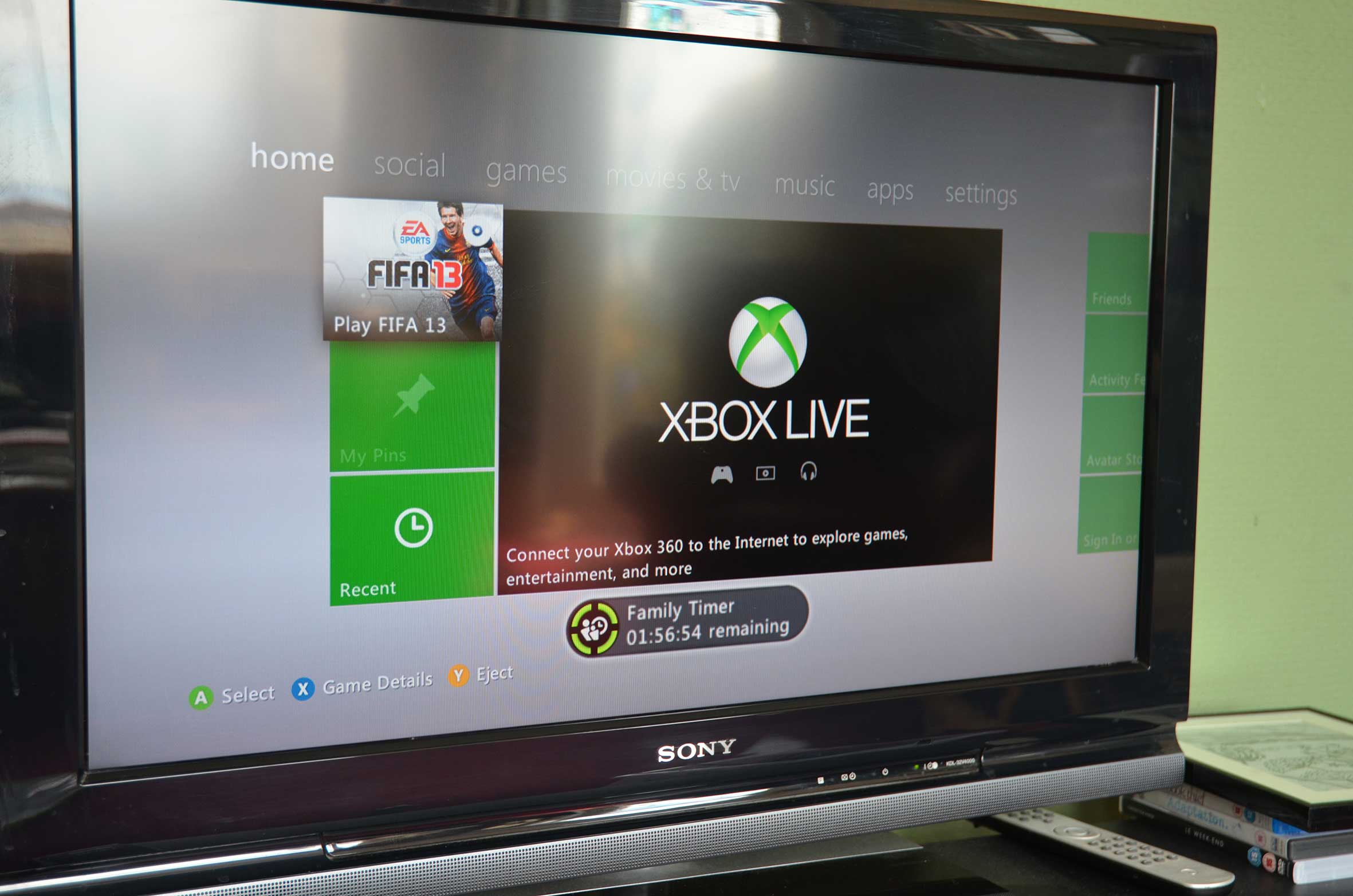"Stop playing that game and come and eat your dinner!"
Teenagers playing computer games for hours on end can be one of the biggest causes of family arguments. The trouble is, computer games can be really immersive! They transport players into a world where magic or mayhem are commonplace and the real world by comparison is dull and boring. Dragging yourself away from this amazing world can be difficult for most of us, but it seems to be especially tough for teenagers. So why is this?
Its all the fault of my brain
Modern advances in brain scanning now show us that the prefrontal cortex area of the brain does not fully develop until the early twenties. This part of the brain is where advanced thinking processes occur, such as judgement, impulse control and the ability to regulate our more primitive urges. At the risk of oversimplifying the process, teenagers brains get out of balence. During the teenage years the brain pathways called dendrites in the prefrontal cortex die off. This process, called synaptic pruning is the brain preparing itself to become the more sophisticated adult brain. The dendrites that are left will become thicker and stronger. During this process of change the more primitive "reptilian" part of the brain where processes like fear, excitement, and sexual stimulation occur is less confined and restricted. This is why teenagers are often drawn to horror films, roller coasters and motorbikes and are liable to get involved in risk taking behaviour.
Self Regulation
So what do all these brain changes have to do with E-safety? Well, it means that teenager's ability to regulate themselves is not as fully developed as that of adults. Whatsmore teenagers have a predisposition to the visceral and primitive stimulation that some games provide. They need our help in regulating their computer usage. Most parents instinctively understand this and try to limit or ration their child's gaming. However this is also where the rows and arguments also occur. Fortunately technology can also assist good parenting through the use of the 'family timer'.

Parental Controls
As part of my E-safety courses I often get the participants to have a go at setting parental controls on digital devices such as; an XBox, an iPad and a PC. It's the fun 'hands on' bit of the course that everybody enjoys. Most who attend are really surprised at extent of the controls and the range of option it gives them. The majority tend to think parental controls are just about stopping kids from viewing porn but there is much more that we can do. One of the most useful tools it offers is the ability to put an automatic limit on playing time. Yes that's right, you can electronically limit the time spent playing games.
So how do I do it?
Each device is different but technology is still your friend, just 'google' parental controls and the name of the device and follow the steps. This is how to set a family timer for the Xbox 360.
- On your console, go to Settings, and then select Family.
- Select On to turn on Console Safety.
- Enter a 4-button pass code using your controller.
- Select Family Timer.
- Select whether you want to set a Daily or Weekly timer.
- Move down to the time period and use the left stick to increase or decrease the time period, then select Continue.
- Select Save and Exit.
Not a substitute for good parenting
Some devices have better controls than others. Windows 7, 8 and 10 all have features that not only let you limit the length of time but lets you choose at what times of the day your child can play. Sadly the Playstation PS3 or PS4 doesn't not support either of these safety features. Remember, the family timer is not a substitute for good parenting. Just like a seatbelt is not a substitute for safe driving using a family timer is not a substitute for talking to your child about their computer use. Do get involved in your child's digital life, don't just leave them to it. If your child's gaming is getting out of hand, there is an alternative. Don't do what one parent I know did and chop the XBox power cable in two with scissors!
